Cytotoxic T-lymphocytes “recognise” foreign antigens on target cells and proceed to kill the infected cell.
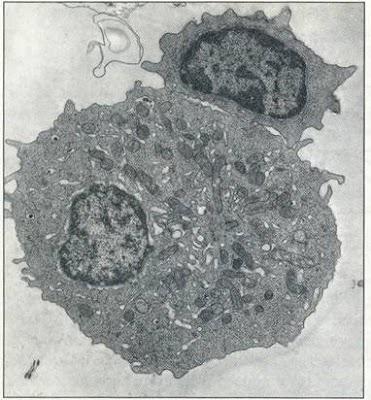
The tumor cell is lysed...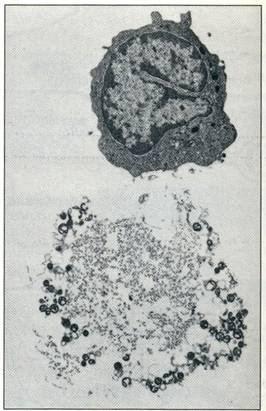
The major determinant in this recognition is the MHC - TCR interation in the cell membrane interface between the T-lymphocyte and the target cell(Green = Major Histocompatibility Molecule(MHC), Red = T - cell receptor (TCR), Yellow = Antigenic peptide)
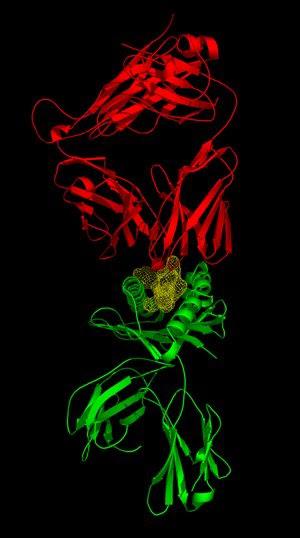
The hallmark of the TCR-MHC interaction is the antigenic peptide. MHC molecules are synthesized in every cell and bind antigenic peptides and present on the cell surface. The nature (sequence) of the peptide will determine whether the target cell is recognized to be harmful for the organism (and therefore to be destroyed) or that the T-cell will just move on to "check" another cell. Antigenic peptides are chunks of proteins from inside the cell and are part of a control mechanism that monitors the "health" state of the cell (if it is infected by a virus for example, the viral proteins are produced giving rise to novel antigenic peptides).
An MHC molecule (green) presenting an antigenic peptide (red) as would be "seen" from the top point of view of a T-cell....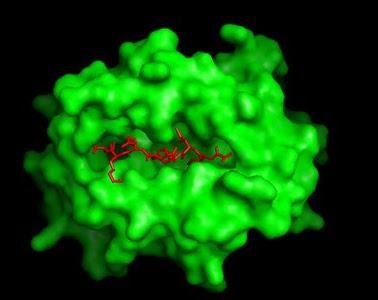
An intricate system exists in every cell that creates antigenic peptides, sampling all proteins that exist in the cell. A very large number or enzymes, transporters and receptors participate in this mechanism, assuring a good representation of the inside of the cell on the outside. Although many parts of this mechanism are known, many crucial parts are still missing precluding scientists from completing the picture. Correct functioning of the antigenic peptide generation pathway, will ensure immune response to parasites, viruses and even cancer. Viruses and cancerous cells often employ intricate "tricks" to avoid presentation of their antigens and therefore immune detection.
A simplified cartoon depicting the antigen generation in a cell: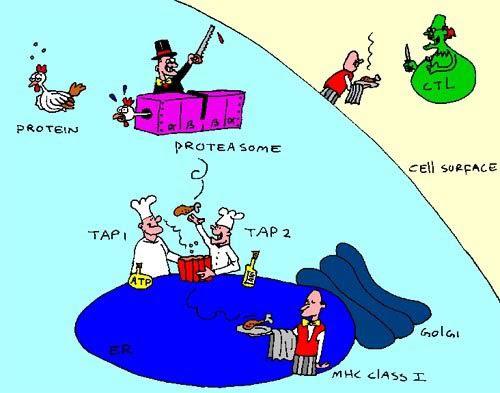
A more detailed view of the pathway (separating the MHC class I and MHC class II components):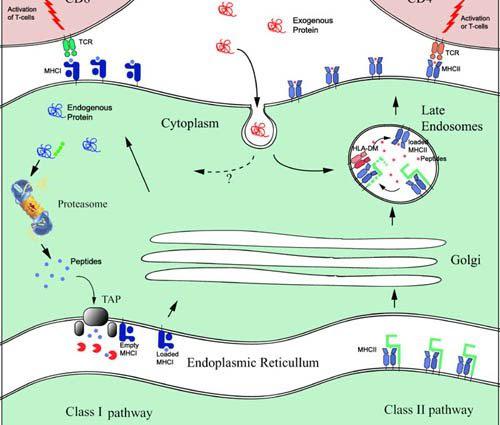
Cartoon representation of the two major pathways of antigen presentation for recognition by T-lymphocytes. The MHC I pathway presents primarily peptides derived by the degradation of endogenous proteins. The MHC II pathway presents peptides derived by the degradation of exogenous endocytoced proteins. An alternative pathway called cross-presentation, can lead to the presentation of exogenous proteins by MHC I molecules.

